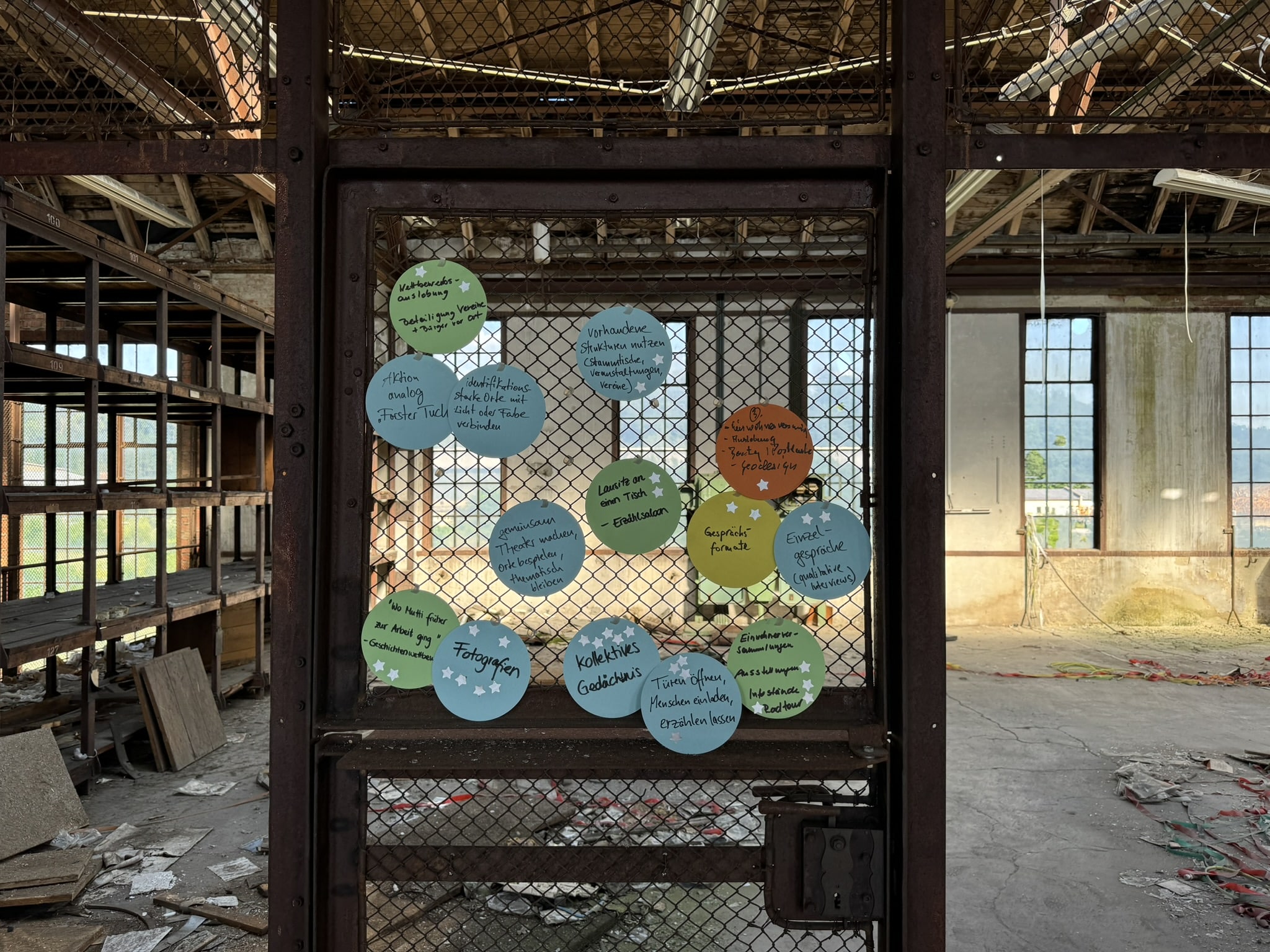- IHM - Serices and knowledge transfer in the field of clutural and natural heritage

Participatory Documentation of the Material and Immaterial Mining Culture and Development Perspectives for the Bioeconomy in the Lusatian Lignite Mining Region
The Lusatia region has been closely associated with lignite extraction since the mid-18th century. Sites of lignite mining and energy production have significantly shaped the landscape and, over time, have become deeply intertwined with both the self-perception and external perceptions of the region. Over the past 100 years, the lignite industry has not only profoundly influenced the professional and economic orientation of the region's population, but it has also actively impacted their social and cultural development. The high socio-cultural significance of the industry is evident in the lived traditions and the resulting numerous immaterial elements that have become key to regional identity. From the strong presence of mining-related place names for public buildings and leisure facilities, to the existence of heritage clubs with public celebrations in miner uniforms, the more than hundred-year history of lignite extraction in Lusatia has left behind a building culture and locally rooted mining traditions that are likely to face significant changes due to the upcoming coal phase-out. The loss of material elements, along with the threat to immaterial elements – such as those associated with the coal phase-out – represents a loss of identity for a population deeply rooted in mining traditions.
Since spring 2024, the IHM (Institute for Heritage Management) has been working in collaboration with the Brandenburg State Office for Monument Preservation and Archaeological State Museum, the Institute for New Industrial Culture (INIK), as well as the cities of Drebkau/Drjowk and Welzow/Wjelcej, to develop a guide for the preservation of identity-forming traditions, focusing on the adaptive reuse of places associated with them. The project is being developed around two main themes: 1) Mining Culture & Identity, and 2) Bioeconomy.
Focus on Mining Culture & Identity
Through dialogue with the local population, municipalities, heritage associations, monument preservationists, and regional planners, a guide will be developed to enable cities and municipalities to independently identify infrastructure of significant regional identity and preserve it through sustainable reuse strategies. The connections between immaterial and material culture will be explored in relation to their importance for regional identity, in order to transfer social structures, city image, and individual and collective histories into the future. Additionally, this approach can prevent the demolition and new construction of buildings, thus improving the municipalities' carbon footprint.
Focus on Bioeconomy
The potential of the built heritage in the Lusatian lignite mining region will be specifically analysed for its application in the innovative field of bioeconomy. Based on the results of participatory documentation, potential categories for the use of the preserved mining structures will be identified, including for the production, processing, and required services of the bioeconomy. This will involve a comparison of the existing building stock and land use in the Drebkau-Welzow-Neupetershain region with the real needs of projects developed within the research alliance Land-Innovation-Lausitz, and other initiatives. Preliminary considerations will be made regarding a potential bioeconomy network node, taking into account relevant aspects such as space requirements and offerings, short transport routes, and infrastructural connections. Furthermore, PARTIKUL also aims to improve collaboration and coordination among other projects in the research alliance. In this way, the project contributes to increasing regional acceptance of the bioeconomic goals of the alliance in the region.
The project is ongoing and is part of the Land-Innovation-Lausitz research alliance, funded by the German Federal Ministry of Education and Research (BMBF) as part of the WIR! program.
Image: IHM / Lea Brönner

